Kitchen garden ideas: 13 easy ways to get started
These kitchen garden ideas are easy to look after – and our advice will help you create the perfect plot
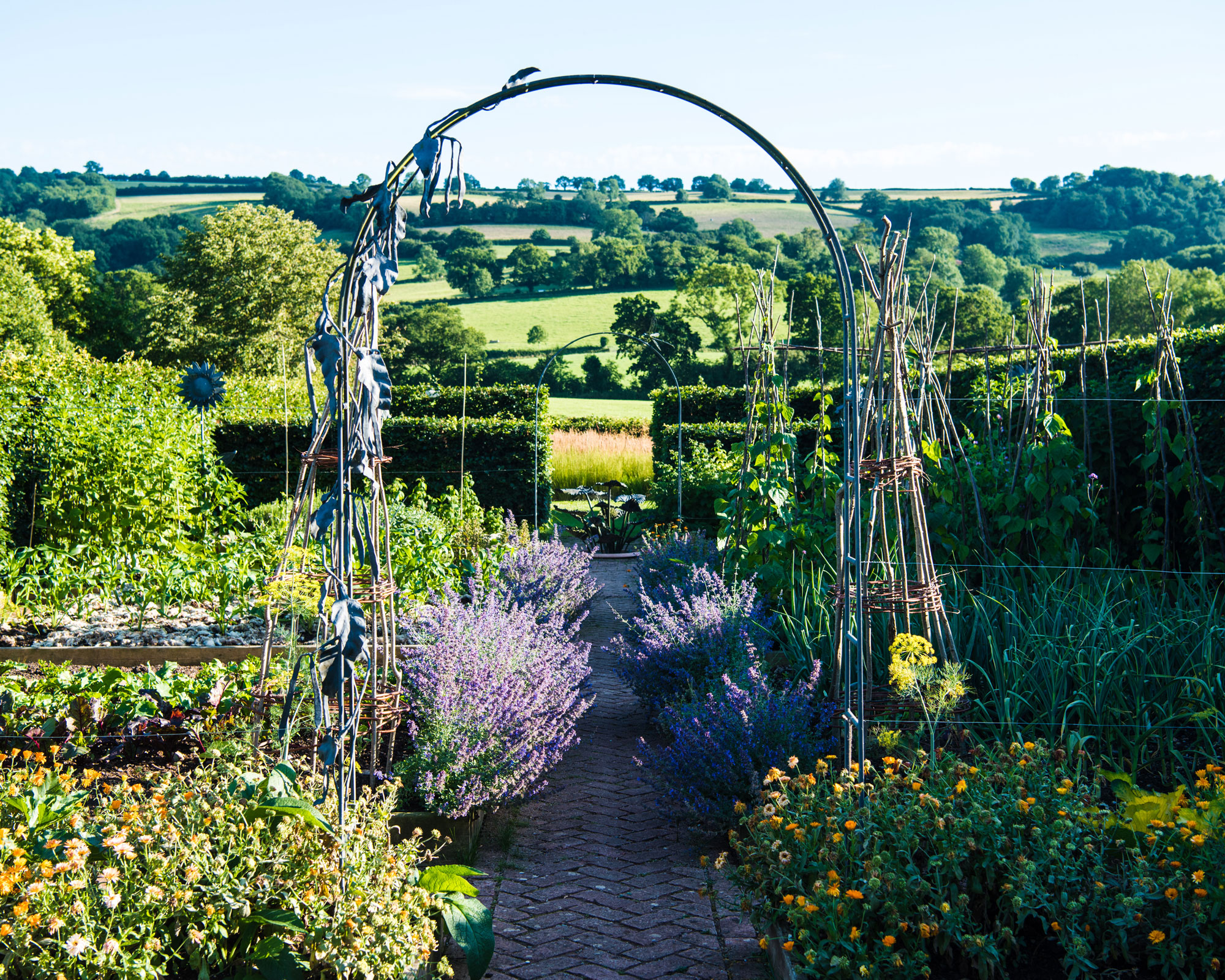

There's never been a better time to start looking for kitchen garden ideas. The grow your own trend is on a roll like never before and you’ll know why once you’ve tried your own tomatoes straight from the vine or a freshly picked sweetcorn cob warmed by the sun.
Nothing beats the satisfaction of eating homegrown food and it tastes so much better too. Growing your own is good for you as it brings a sense of calm from planting and nurturing your crops, plus of course there’s the satisfaction of picking your own fresh produce.
It’s the healthier option too, as you can grow things organically. And whether you want crisp salad leaves, a constant supply of fresh herbs or fiery chillies to add zing to your cooking, you’ll be amazed how easy it is to do.
The trick is to grow small amounts of different crops that offer big rewards. Don’t bother with anything high maintenance (pass on the celery and cauliflowers then) and instead opt for easy produce with bumper crops like cut and come again salad leaves, chilli plants, fresh herbs, leafy greens, super-sweet peas straight from the pod and pots of lush strawberries.
It doesn’t matter if space is limited. Think creatively and grow vertically by layering up pots or create a living roof on your shed – there are so many ways to get creative with space-smart garden ideas.
Kitchen garden ideas – a beginner's guide
‘Growing your own embodies a lifestyle,’ says horticulturalist Jamie Innes of Artisan Landscapes, who trained at the prestigious Kew Gardens in London. ‘It brings together health, sustainability and a desire to feel more connected with nature. It takes you away from social media and the general stresses of modern life, and means you’re committed to something different.’
Our round-up of the best kitchen garden ideas will inspire the design of your space and help you to get started on planning a kitchen garden from a practical point of view.
1. Dividing your space will create a potager's garden
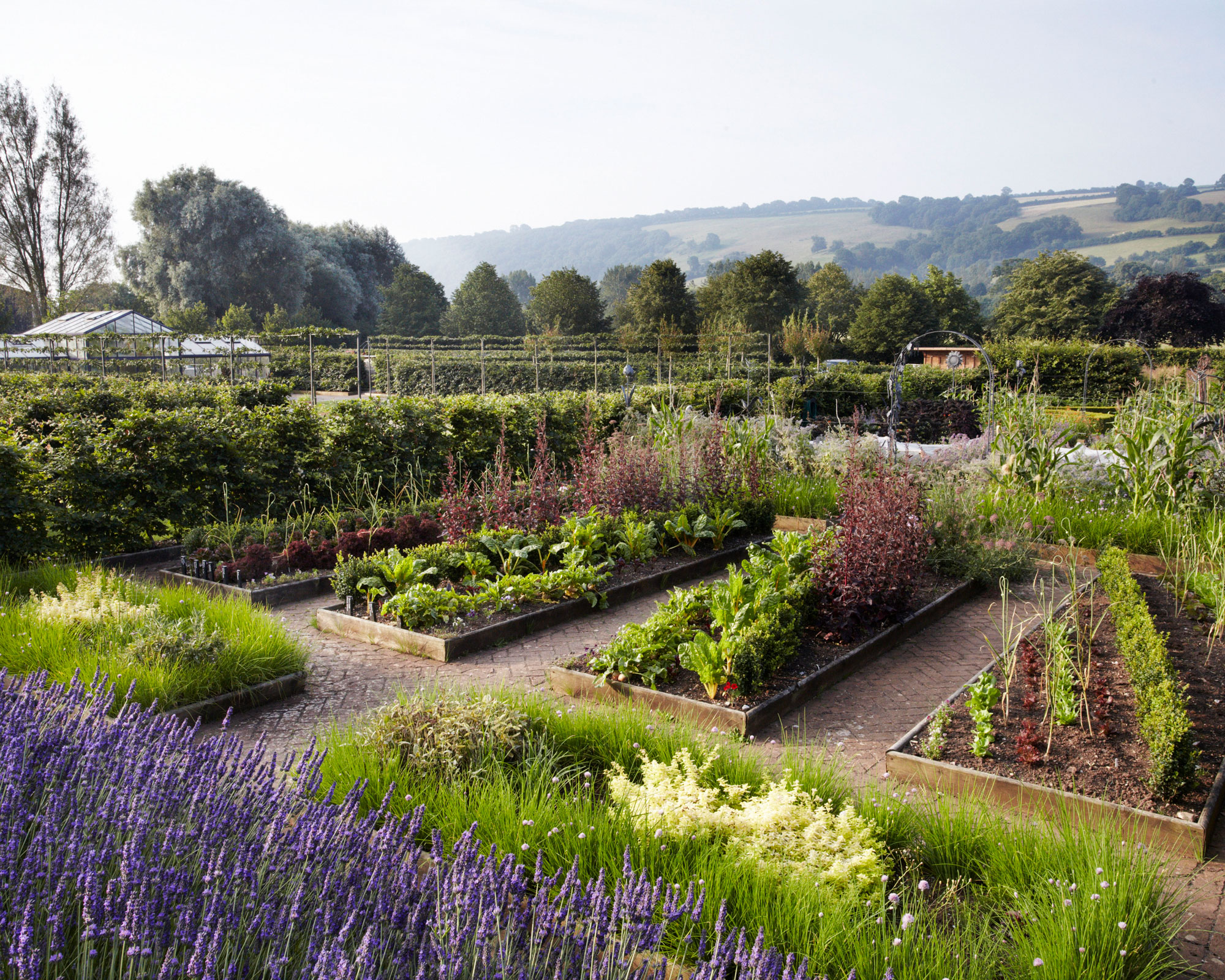
If you want a traditional vegetable plot, aim for a neat and structured layout with a system of raised beds and paved paths. This formal style is known as a ‘potager’. Divide into four areas, ideally with paths, with a small, round central bed if you have the space.
‘The four beds are then allocated to different plant groups,’ explains plant expert Sarah Raven. ‘Use the first one for roots, subdivided between new potatoes, beetroot and carrots. Use the second for crops like beans and peas (known as legumes). The next one should be for salad and herbs, and the final one a mix such as courgettes, sweetcorn and leafy greens like chard and spinach.’
2. Create an entrance into a kitchen garden

One of the great things about gardening in an enclosed space is the scope for gardening vertically as well as horizontally – and you can use these devices as part of your design to separate your kitchen garden ideas from the rest of your space.
'Arches and pergolas can be used to support climbing plants, such as beans and even pumpkins, freeing up more space for crops at ground level. Space limitations can lead to creativity,' says Great Dixter's Aaron Bertelsen.
Planters and shelves can be attached to a wall, and pots can be arranged on ladders or steps. You can easily double the growing space in a window box by hanging pots from it.
3. Nourish vegetables in containers
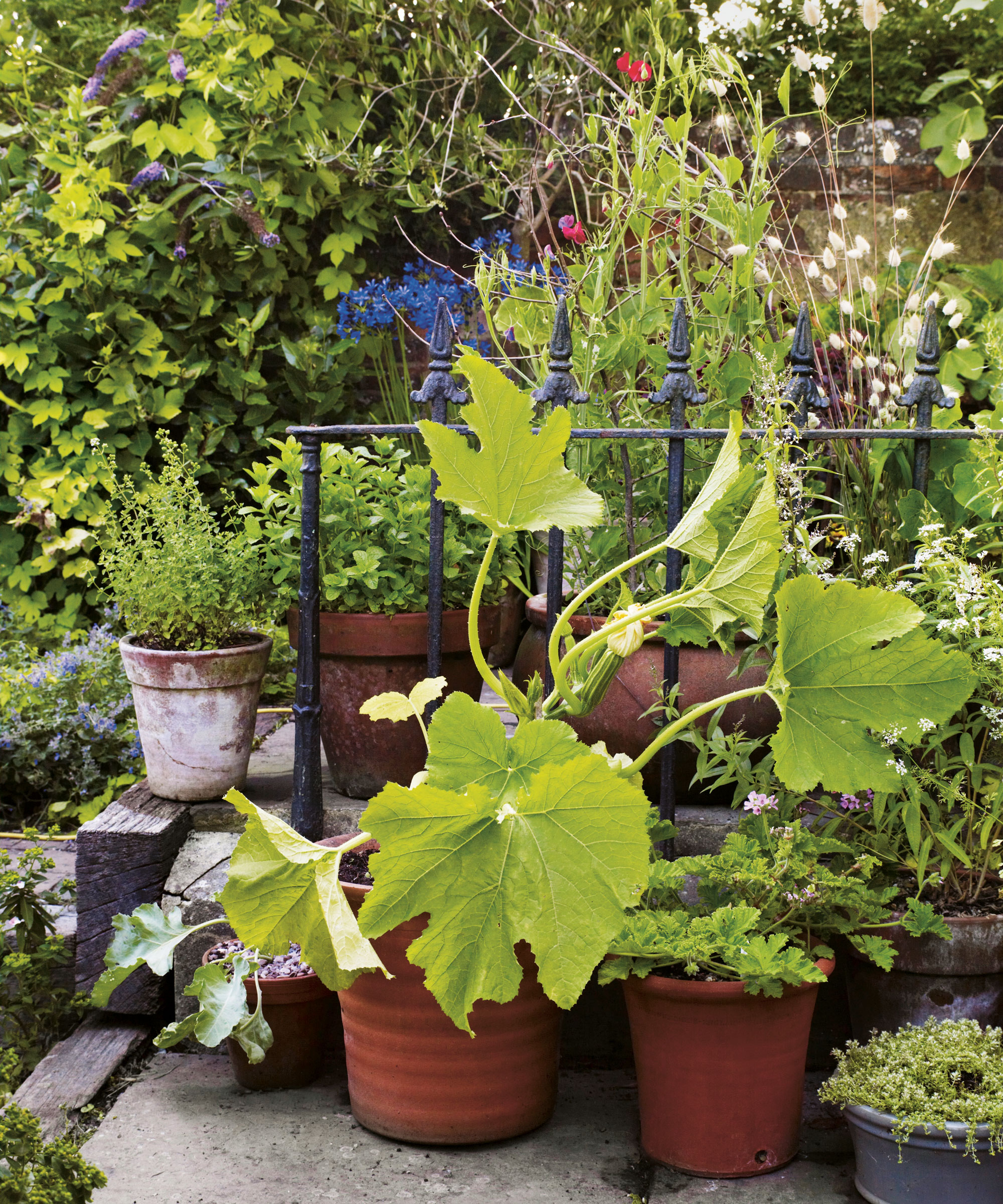
If space is tight, remember that most vegetables grow well in containers that you can move around to fill any gaps. One of the easiest options for growing vegetables is raised beds or giant planters. Use them as mini veg gardens to grow your own all year round.
4. Choose crops that look good too
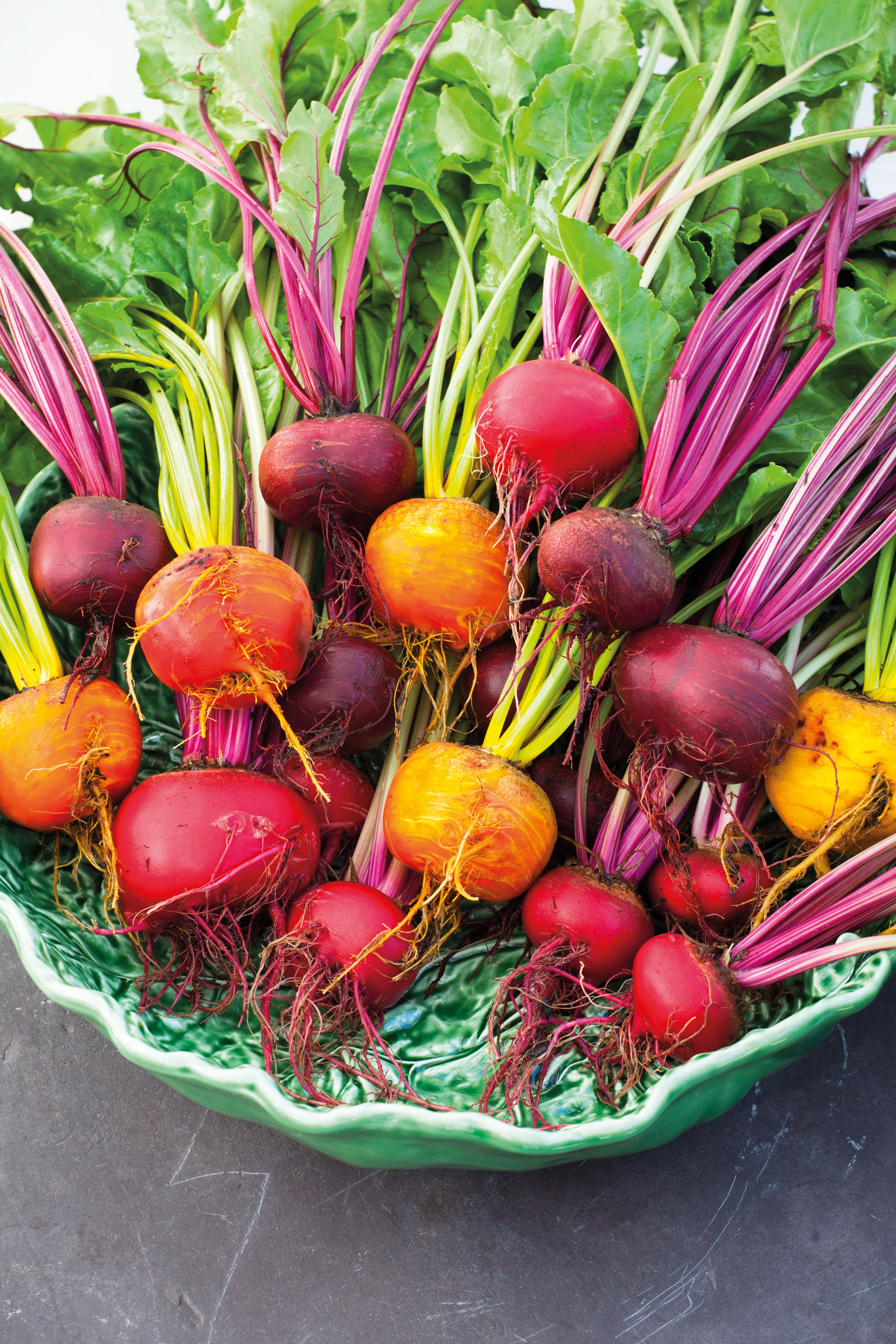
Vegetables that are easy to grow plus have Instagram appeal get a double tick. As well as the kitchen plot, you can plant them in among flowers or in containers as a feature in their own right.
The lovely ruby red and golden stems of Swiss chard look so pretty that it’s often grown as an ornamental plant and it’s the best variety for taste too as well as giving you a steady supply of leaves all year round.
Beetroot is another good looking plant with similar stunning red-veined leaves that you can eat in addition to the globes, and takes very little effort to grow.
Other musts include ripe strawberries, glossy tomatoes, peas in the pod, pretty herbs - take your pick.
5. Opt for easy leaves
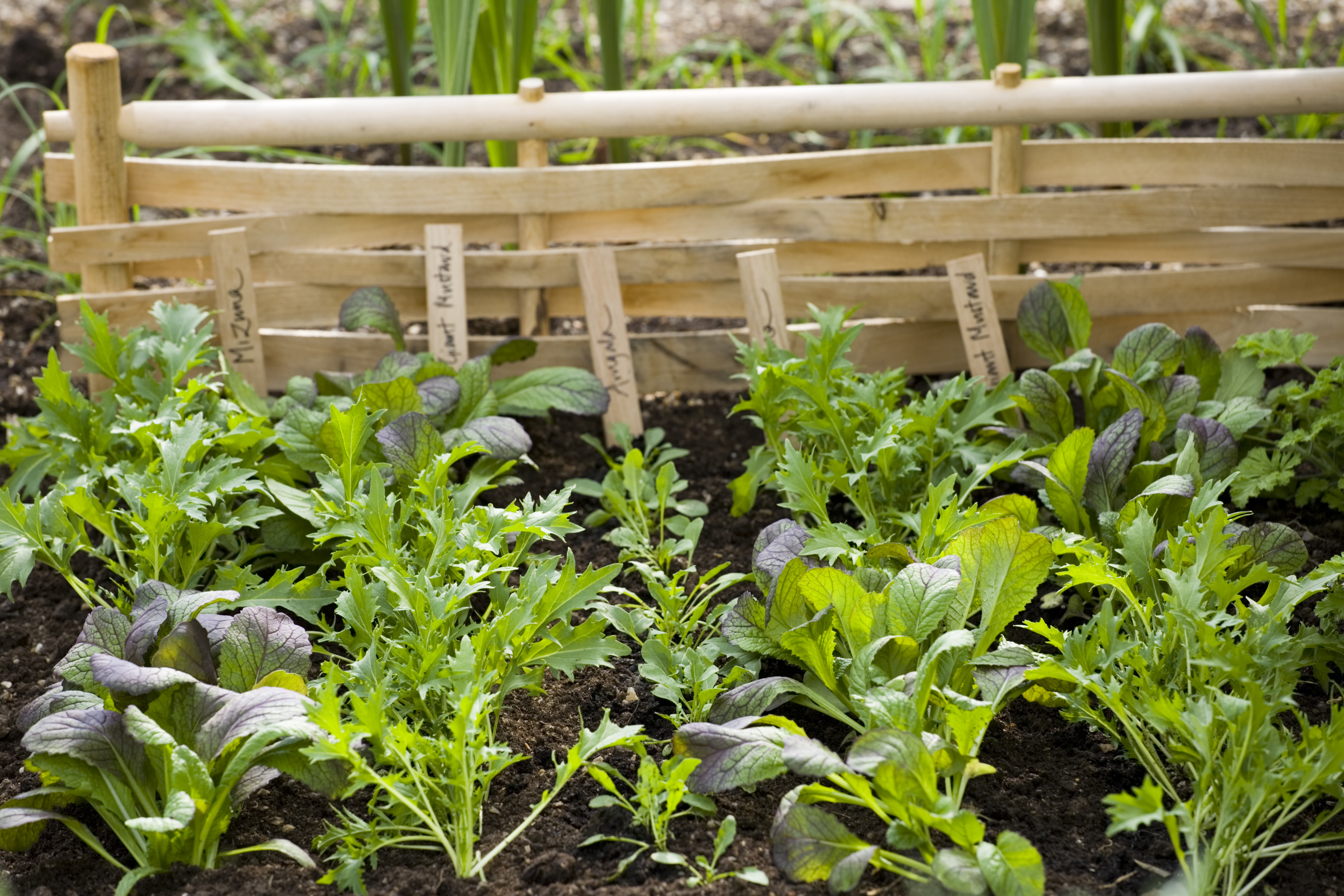
‘Cut and come again’ salad leaves can be grown all year round to give you a constant supply with varieties like spicy Japanese mizuna with its serrated green and purple leaves, mild-flavoured mustard greens and crinkly rocket top of the list.
Sow in spring then again in autumn and you’ll get two to three months’ worth of leaves which means you can pretty much wave goodbye to the bagged variety. Red-veined sorrel and lettuce leaves (rather than ‘heads’) are good options during summer too.
Just remember to keep picking those leaves and they will keep on giving.
6. Create your own herb garden

Most herb garden ideas are low maintenance, don’t take up a lot of space, add instantly soothing aromatic fragrance and look pretty too so they are a quick win in terms of enhancing your kitchen garden.
The easiest ones to grow are rosemary, thyme, oregano, sage and mint. You can literally leave them to get on with it in even the most basic of soils.
Basil, parsley and chives (with the added bonus of their purple pompom flowers) like moister conditions but are still easy to grow.
Pot them up individually or make your own herb garden in the ground with old bricks or edging tiles to separate them up.
7. Go for glamor
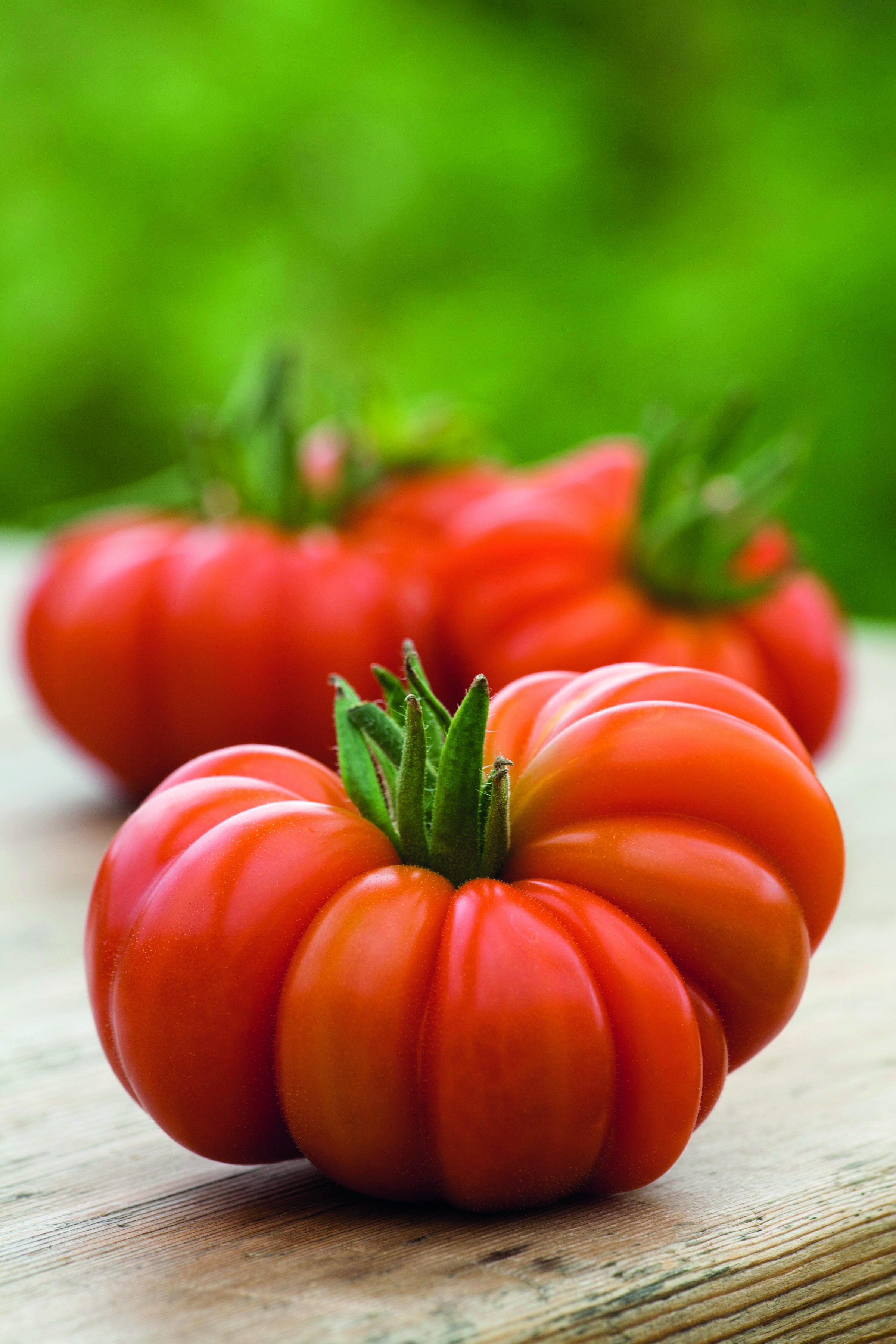
Trusses of glossy tomatoes just ripe for picking are a must-have. Growing tomatoes is actually quite easy. Choose a large ribbed variety like ‘Costoluto Fiorentino’ that grows well in a sheltered south facing spot and looks good too, bringing a touch of Mediterranean market stall to your kitchen garden.
If space is limited, try a compact variety of cherry tomato such as ‘Tumbling Tom Red’ or ‘Balconi Red’ that look fabulous cascading out of a window box or basket. It’s easy to grow your own seeds on a windowsill from March onwards.
Tomatoes do need a fair degree of TLC involving regular watering, staking, pinching out of side shoots and feeding though. But it will be so worth it.
8. Grow lush berries
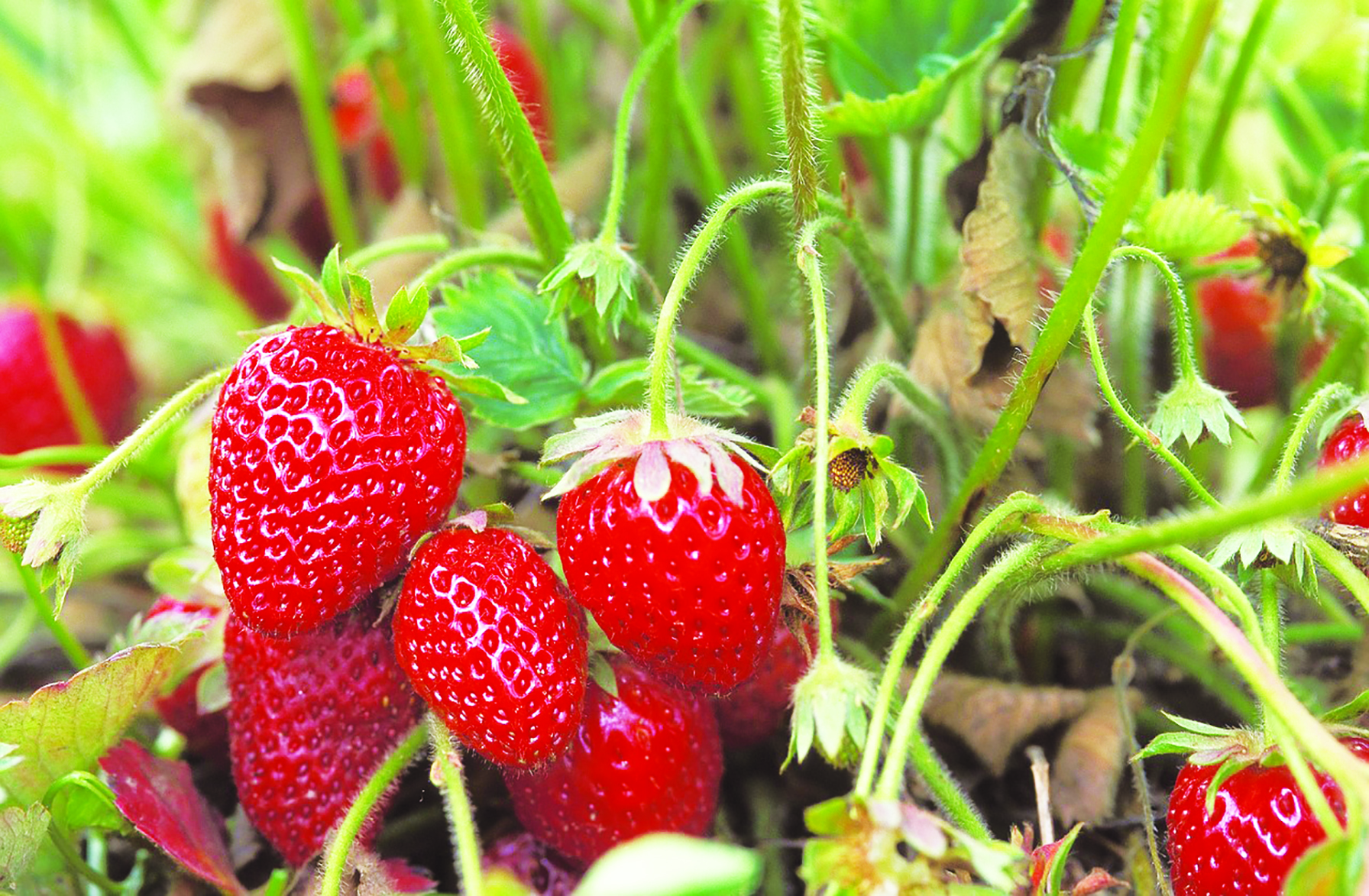
Warmed by the sun and picked straight from the bush then eaten straight away, home grown strawberries are a million miles from the kind you find in supermarkets.
They are easy to grow too as long as you find a sunny spot for them, use rich compost and protect them with a cloche if it’s very rainy. Try growing them in a raised bed for easy maintenance and they will produce plenty of ‘runners’, which are all potential new plants that can be potted up to keep you self-sufficient going forward.
Try good tasting varieties like ‘Cambridge Favourite’ and ‘Elvira’.
9. Try easy raised beds
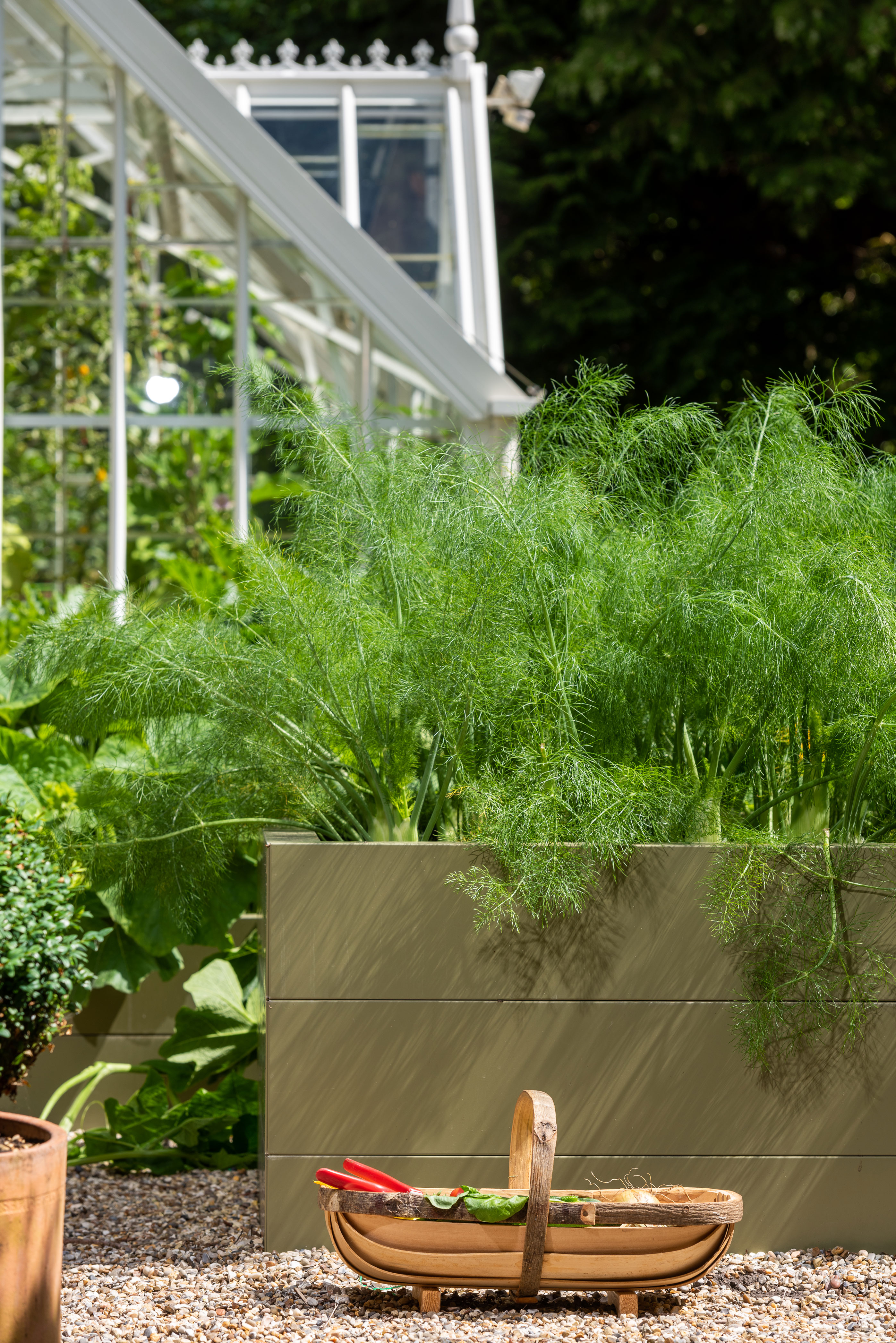
One of the easiest options for growing vegetables is raised beds or giant planters. You can use them as mini veg gardens to grow your own all year round. Plant care is a cinch too when it’s at eye level as you can see exactly what’s going on. You can grow any vegetables you like this way.
When considering raised garden bed ideas, choose a sunny spot and fennel like this will shoot up (as tall as 2m!) to add structure and interest to your kitchen garden. The feathery foliage and floaty yellow flowerheads in autumn look good, plus of course fennel is delicious. Easy to grow from seed, plant it straight into the soil outside from June to August then just sit back and let it do its own thing.
10. Use vertical space
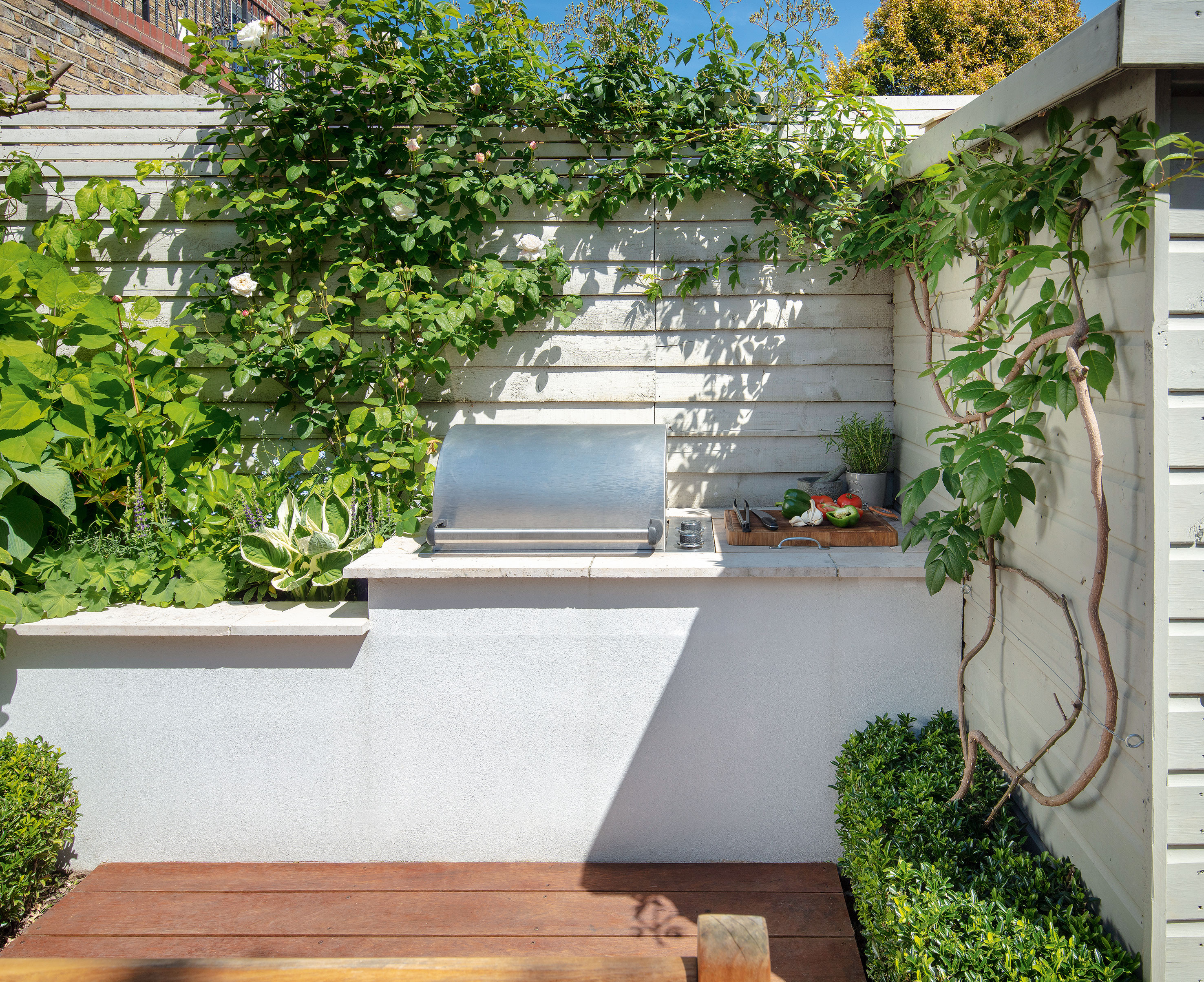
If your garden is small or you're limited to a balcony or terrace think about growing upwards to get the most out of your space. You can grow most vegetables this way but it also makes fruit trees an option. They can be trained into a fan shape (’espalier’) with wires and will happily scramble up a sunny wall or fence.
Training apples and pears as espaliers is a popular choice as a space-saving way of growing fruit. If you have a particular spot in mind that happens to be sunny, try a fig tree. The pliable branches make it a good choice for this style of planting.
‘Brown Turkey’ is the most common variety but ‘Violetta’ and ‘Brunswick’ are popular too.
11. Enrich the soil

Vegetables take a lot more out of the soil than flowering plants so to get decent crops you need to put goodness back. Feed your soil by adding well-rotted manure or compost to enrich it, then apply fertilizers to top up the nutrients.
Always check what sort of soil the vegetables you’re growing prefer. To produce carrots like these beauties, for example, you’ll need sandy, well-drained soil.
Add a general purpose fertilizer a week or so before planting and make sure it’s raked in well. Think of your vegetables as needing a supplement every now and then for optimum results.
12. Add color and drama
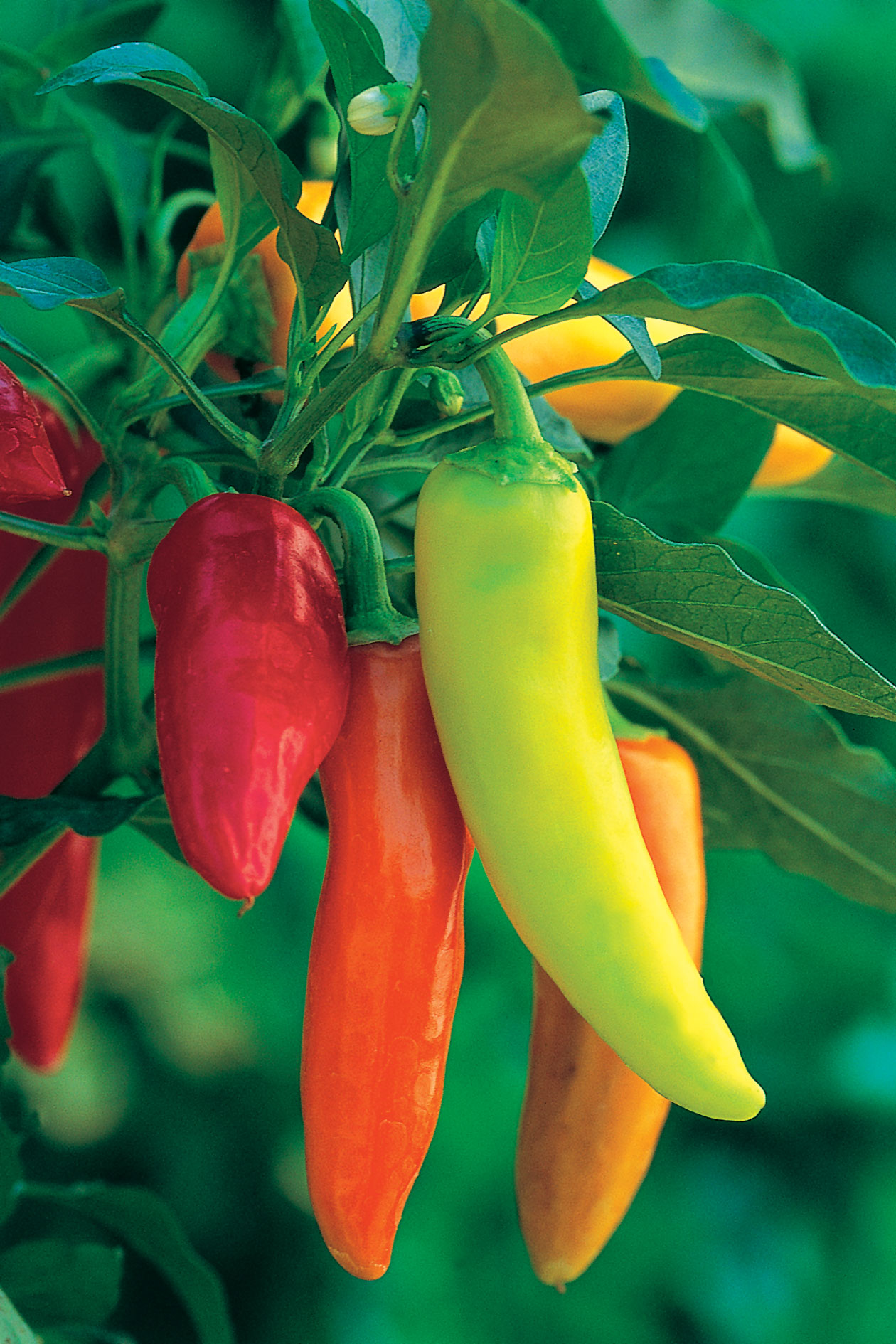
Grow a few chillies in a sunny window box or large pot and each plant will produce a dozen or so fruits in late summer that can be used fresh or dried for later. One pot is generally all you need so they don’t take up much space but deliver big results. They look gorgeous too, especially when they turn deep red.
You can get the whole spectrum of heat from volcanic to mild so choose accordingly. Hungarian Hot Wax is one of the most prolific varieties, producing for three to four months of the year.
Sow the seeds indoors in March and pot up when they are around 10cm tall and the first flowers appear. They need full sun and a sheltered spot to keep on delivering.
13. Get a greenhouse
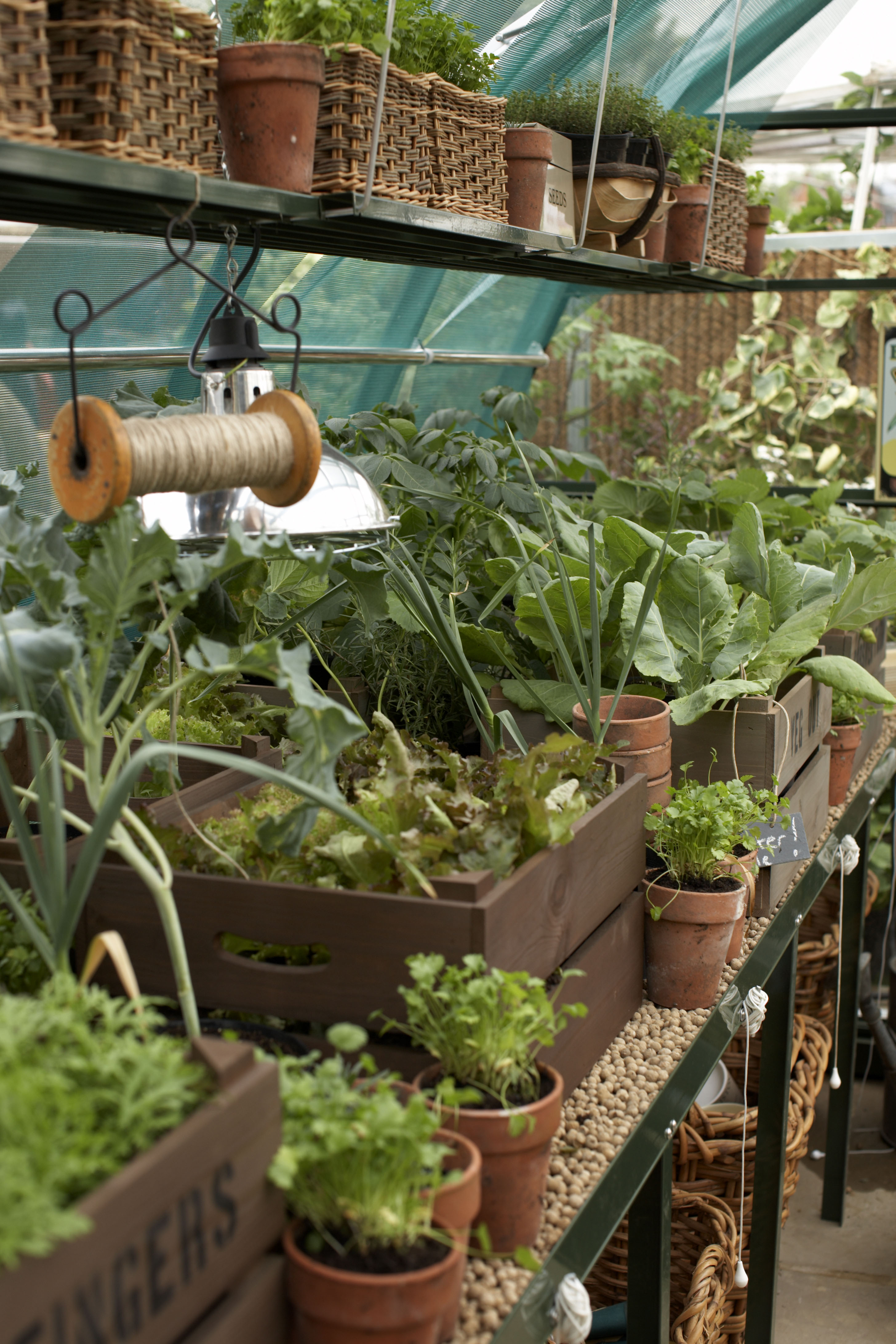
To make your kitchen garden truly productive, go under cover. Add a greenhouse and you can grow more (including exotic options like melons) and start earlier in the year which will extend your growing season.
Whether you dream of a bespoke Victorian-style glasshouse or if space is tight would prefer the more simple option of one of the latest lean-tos or grow houses, adding one to your garden will give you the edge when it comes to growing your own especially if you heat it.
There is a huge range of styles available from traditional to contemporary, and there’s sure to be one for you whatever the size of your space. Then just watch your garden grow!
How do you design a kitchen garden?
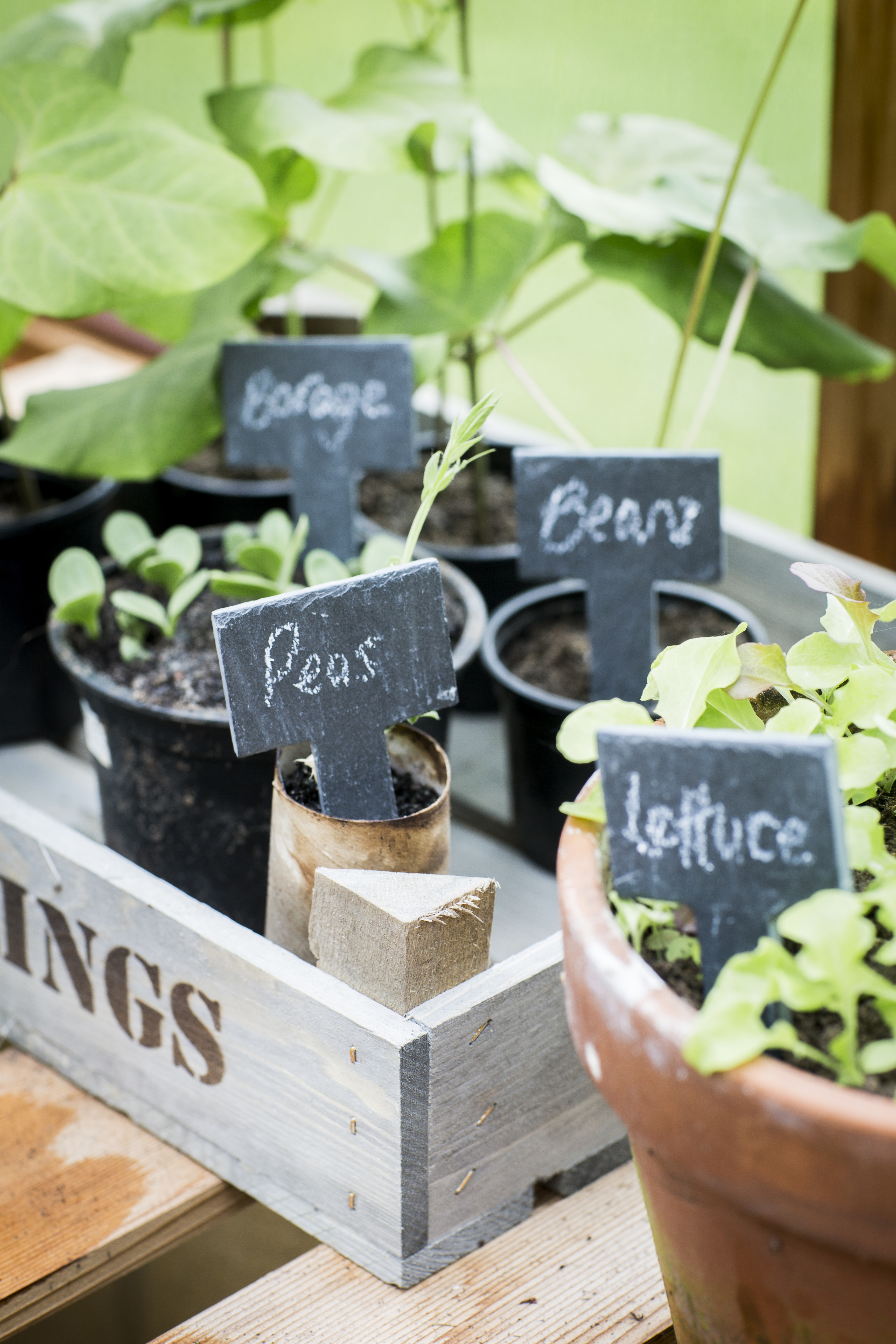
First decide if you want to go for a formal or more relaxed look.
If you want a traditional vegetable plot, aim for a neat and more structured layout with a system of raised beds and paved paths to allow easy access. This formal style is also known as a ‘potager’.
If you prefer the informal look often referred to as a ‘cottage’ vegetable garden with a mix of crops planted amongst flowers and shrubs, this is an easier option as it doesn’t involve hard landscaping and is more flexible as you can change things from year to year according to what you want to grow.
Make as much use of vertical space as horizontal space by growing things up walls, fences and trellises. Locate any sun traps which naturally create the perfect growing climate. And remember to site your patch as close to the kitchen as possible for easy access.
How do I plan a small kitchen garden?
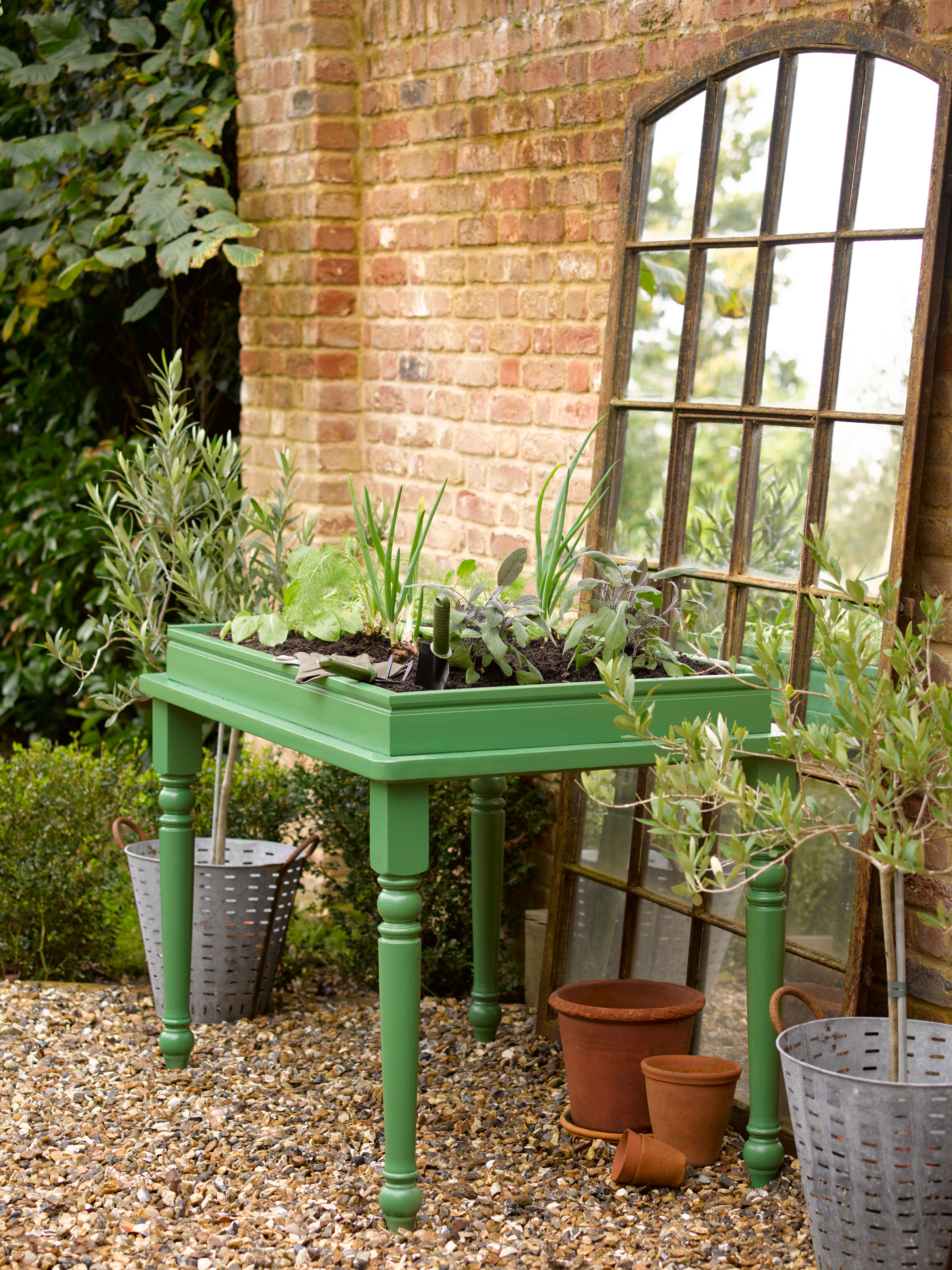
Make a list of the vegetables you want to grow according to what you like to eat then factor in the size of your garden and what’s the best spot for your plot. Once you’ve decided what and where, it’s time to work out how to fit it in.
If space is tight, remember that most vegetables grow well in containers that you can move around to fill any gaps.
Now for the plant science bit. There are three groups of vegetable types: legumes (such as beans, peas), brassicas (kale, radishes etc), and roots (beetroot, garlic and so on), and the rule is that no member of any group should follow another in the same group on the same piece of ground.
But of course you don’t need to worry about this if you’re opting for pots.
What can you grow in a kitchen garden?
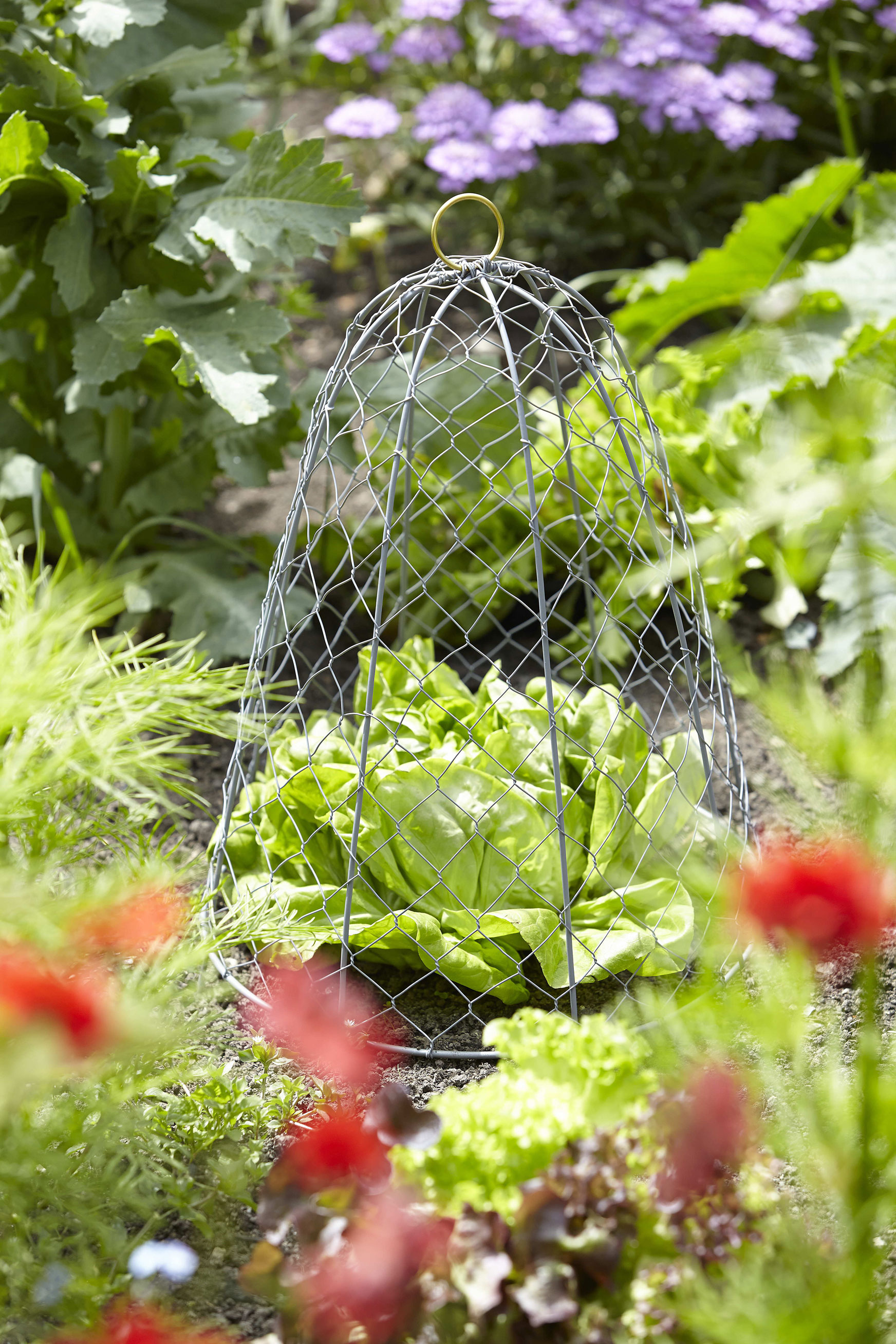
Make sure that 'maximum rewards for minimum effort' is your guiding principle.
Always include a herb garden as your starting point and plenty of ‘cut and come again’ leaves to keep your salad bowl filled.
Leafy greens such as chard, spinach and cavolo nero are easy to grow and keep on giving so are always a good choice.
Look at companion planting charts that show which vegetables are happy to be planted alongside each other. Tomatoes, for example, like being planted with peppers, spinach and onions, while beans prefer being near peas and chard.
Don’t forget you can also mix things up in pots. Miniature fruit trees in pots are another good idea if space is tight.
But really it's up to you - choose according to what you like and how much effort you're prepared to put in!
Sign up to the Homes & Gardens newsletter
Design expertise in your inbox – from inspiring decorating ideas and beautiful celebrity homes to practical gardening advice and shopping round-ups.
Lifestyle journalist Sarah Wilson writes about flowers, plants, garden design and gardening trends for Homes & Gardens. She has studied introductory garden and landscape design and floristry, and also has an RHS Level 2 qualification in the Principles of Plant Growth and Development. She is a regular contributor to Homes & Gardens and Livingetc. She has also written for Real Homes, Modern Gardens and Country Homes & Interiors magazines.
-
 Miley Cyrus breaks a cardinal decorating rule with her 'floating table' – her unexpected layout transforms a dead space into a stylish breakfast area
Miley Cyrus breaks a cardinal decorating rule with her 'floating table' – her unexpected layout transforms a dead space into a stylish breakfast areaThe singer tosses aside the maxim that furniture shouldn't be floating in the middle of the room with an innovative kitchen layout
By Sophie Edwards Published
-
 It’s a concept straight out of a fashionista's playbook, but I used the Sandwich Method to organize my kitchen shelves – it’s never looked sleeker
It’s a concept straight out of a fashionista's playbook, but I used the Sandwich Method to organize my kitchen shelves – it’s never looked sleekerIt transformed messy to mesmerizing in a matter of seconds
By Punteha van Terheyden Published